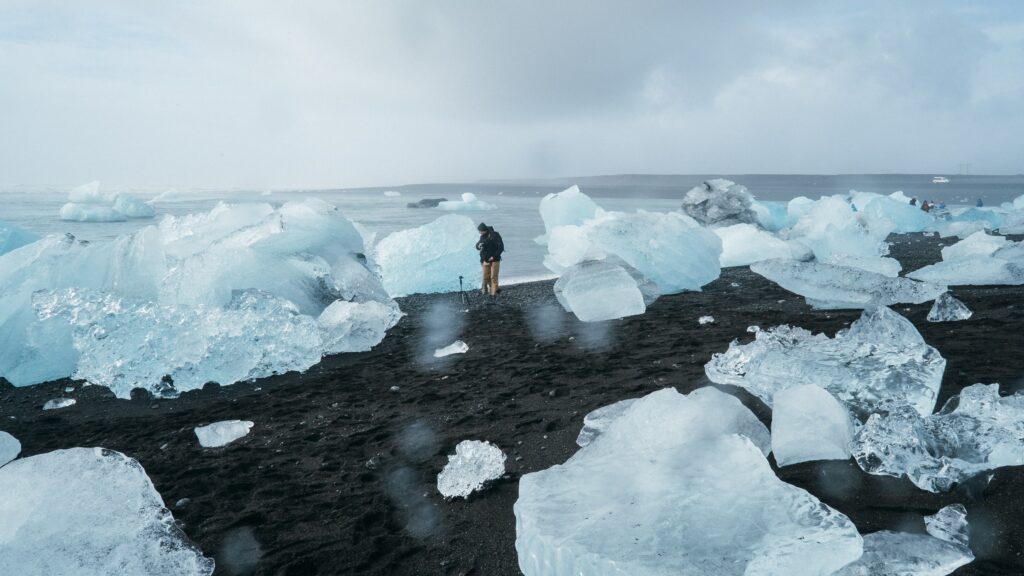
In 1972, Mikhail Ivanovich Budyko used a simple methodology to make climate predictions that remain surprisingly accurate today and that could serve as a new “business-as-usual” scenario.
This year marks the 100th anniversary of the birth the climatologist Mikhail Budyko (1920–2001). Fifty years ago, when the science of climate change prediction was in its infancy, this scientist from the Soviet Union made a series of climate predictions that have proven to be surprisingly on target.
In 1972, before the mean global temperature began the sharp, steady rise seen in the half century since, Budyko published a lesser known climate forecast extending 100 years into the future. He predicted that Earth’s mean global temperature would increase about 2.25°C by 2070 and that the Arctic would no longer be covered by ice year-round by 2050 [Budyko, 1972]. To an extent, his forecast was an extension of the SMIC prediction, but it envisioned a different rate of warming. He estimated this new rate with simple calculations that assumed a linear relationship between the annual growth rate of global energy production and Earth’s surface temperature.
From 1970 to 1999, the mean global temperature indeed increased at 0.17°C per decade, rising to 0.25°C per decade after 2000 [GISTEMP Team, 2020]. Apparently, Budyko overestimated the relative growth rate of primary energy consumption but correctly guessed the proportion of increase in the absolute rate at which energy was consumed, as well as the corresponding increase in temperature. The accuracy of these predictions is especially fascinating in light of the prevailing uncertainty in modern, complex global circulation models [Zelinka et al., 2020].
Regardless of the short-term dips and spikes in emissions, even if we stopped burning all fossil fuels today, Earth would continue to warm by a few tenths of a degree per century for a century or more because of stored thermal energy in the ocean and because of the reduced cooling effect of aerosols released by fossil fuel combustion.
Underlying the IPCC’s business-as-usual scenario is the absence of any political or economic actions to control emissions. During the past 30 years, however, the world has become more interconnected and aware of global warming’s gloomy consequences, and it has taken several practical steps to reduce carbon emissions. Therefore, it was recently proposed to treat the modern business-as-usual RCP 8.5 as the worst-case scenario [Hausfather and Peters, 2020]. Yet adding natural methane emissions from the Arctic, say, or the potentially rapid increase of carbon emissions supported by cheap oil and other fossil fuels during the post-COVID-19 era could produce an even worse scenario.
Looking back 20 years, the mean global temperature continued to rise by 0.25°C per decade, coinciding with Budyko’s projection. Moving forward, temperature trends might worsen if the world follows the worst-case trajectory, or they might improve somewhat if pledged policies and future technologies allow for intensive decarbonization of the economy. The simplest projection, however, is that observed trends will continue for at least the near future, just as Budyko predicted in 1972.
For further information visit: https://eos.org/features/a-50-year-old-global-warming-forecast-that-still-holds-up

